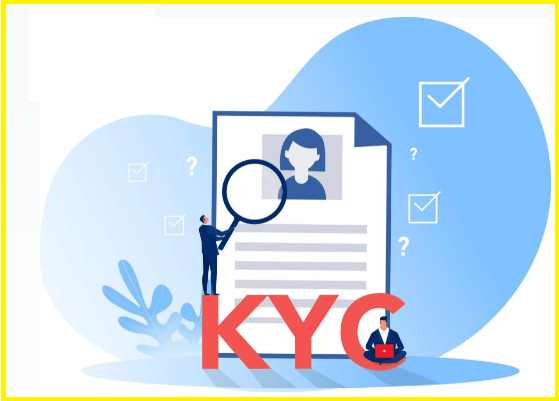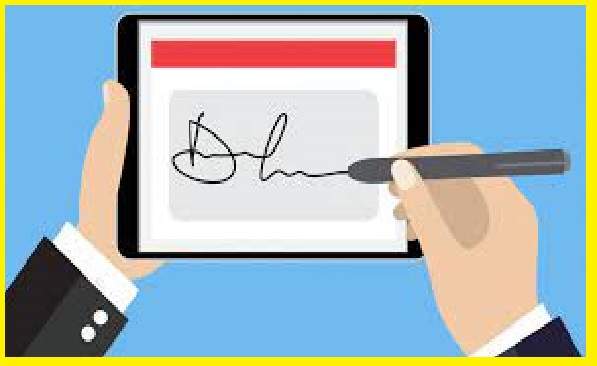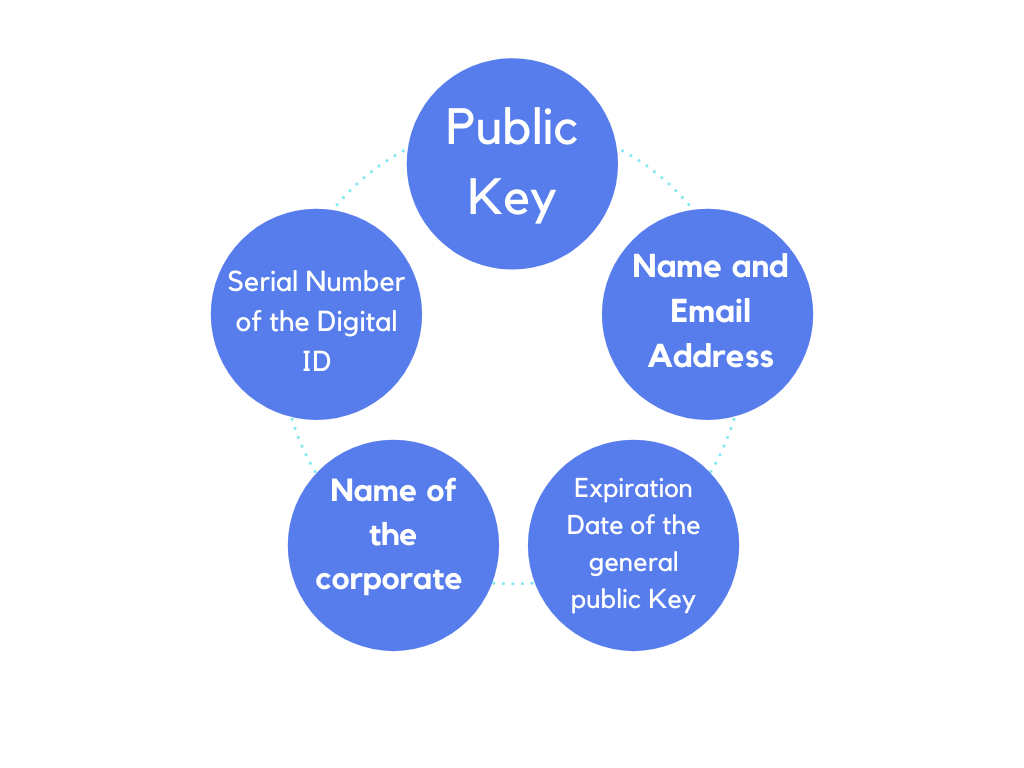
What is Video KYC?
Video-based KYC or Video KYC may be a recently introduced KYC (Know Your Customer) procedure, involving the video-based verification of a customer’s KYC details.
A customer’s KYC details are collected & verified typically before that customer can begin an account-based relationship with a regulated financial organization like a bank, financial service provider, insurer, or securities intermediary.
These KYC verification procedures are a critical part of Customer Due Diligence (CDD), which are measures put in situ to discourage concealment, fraud & the usage of funds to finance criminal activities.
Video KYC stands out from other KYC verification protocols like eKYC or digital KYC thanks to its incorporation of video-enabled features, audio-visual interactions, facial matching capabilities & the all-around usage of AI technology to streamline & expedite the KYC verification process.
Let’s check out a quick overview of Video KYC to ascertain what this suggests.
A Brief Overview Of Video KYC
Video KYC was first officially introduced in India by the Federal Reserve Bank of India (RBI) on January 9, 2020, during a notification that outlined the procedures that constitute Video KYC for banks.
Video KYC is an umbrella term wont to classify the varied sorts of video-based KYC verification procedures that are instituted since RBI’s notification VCIP, a Video-based KYC verification process.
Therefore we must note here that Video KYC may be a general moniker and will ask any of the video-based KYC procedures that are currently in use by FIs.
RBI’s video-based KYC procedure is termed the Video-based Customer Identification Process (VCIP). IRDAI & SEBI, which quickly followed RBI in notifying their own Video KYC procedures, have announced a Video-based Identification Process (VBIP) & Video In-Person Verification Process (VIPV), respectively.
Although these procedures aren’t precisely the same, they are doing have a couple of shared & defining features.
Digital & paper-free KYC verification
Video KYC for Digital Signature certificate is totally digital& involves zero paper. All three Video KYC procedures described above happen over digital channels, primarily use scanned documents or document images for verification, and may be completed over the web
Audio-visual interaction with a trained official
An important step in Video KYC may be a randomized question-driven interaction between a politician from the FI (financial institution) conducting Video KYC & the customer, which consists of random questions posed to the customer by the trained official. This interaction functions both as a liveliness check & an identifying procedure and is employed to verify the customer’s identity by authenticating document images & matching the customer’s face with photos on IDs.
Facial matching & geo-tagging
Video KYC institutes facial matching as a key identifying procedure and geo-tagging to work out the customer’s location during KYC verification.
Real-time & automated document verification
As against manual document verification, Video KYC relies on the usage of technology to extract data from images of Officially Valid Documents (OVDs) then verify these details in real-time. this enables quicker verification & fewer errors and is a crucial pillar of Video KYC.
While these are all neat features to possess for KYC verification, we still haven’t explained what prompted the necessity for video-based KYC verification.
We know that Video KYC plays an enormous part in customer due diligence, and this features a lot to try to do with the features of Video KYC.
What Role Does Video KYC Play In Due Diligence?
The concept of video-based KYC verification is tenuously linked with the thought of Strong Customer Authentication (SCA).
SCA may be a set of regulatory requirements that has its roots within the EU Revised Directive on Payment Services (PSD2) for the overall European Economic Area.
SCA is defined as customer authentication supported the utilization of two or more of the subsequent elements:
- Something only the customer knows (Knowledge criterion)
- This could be a password, pin, OTP, challenge questions, etc.
- Something only the customer possesses (Possession criterion)
- This could be a generated OTP, QR code, OVDs, electronic evidence, etc.
- Something only the user is (Inherence criterion)
This could be biometrics, facial matching, voice recognition, vein recognition, keystroke dynamics, etc.
This means that, consistent with SCA, a customer is merely authenticated when a minimum of two of the three requirements above are validated.
Therefore, if the customer evidences any two of the three elements of SCA as described above, this is able to constitute an authentication.
Customer Due Diligence plays a critical role in KYC. Primarily because CDD procedures uproot fraud & concealment, and deter the diversion of capital for illicit purposes, which are huge problems for the financial sector.
Video KYC was instituted as a robust CDD procedure, and thus it is sensible that Video KYC resembles SCA.
By incorporating a number of the wants of SCA, Video KYC has successively become a strong and comprehensive process for conducting due diligence.
How?
- Video KYC involves facial matching, which corresponds to “Something only the customer is”
- Video KYC involves OVD verification which corresponds to “Something only the customer possesses”
- In certain cases, Video KYC involves OTP-based identity authentication, which corresponds to “Something only the customer knows”
Video KYC, therefore, may be a relatively strong CDD procedure that has evidently been recommended to form KYC verification comprehensive & robust.
This elicits the question – “If we’re only getting strong CDD now, what KYC verification procedures were in situ before Video KYC?”
What Preceded Video KYC for DSC?
The notion of KYC goes back all the thanks to ancient China, but the concept was first codified within the USA because the Federal Deposit Insurance Act, which required banks to spot their customers during the 1940s.
Following a worldwide reckoning regarding the risks of cash laundering within the late 1980s, the Financial Action Task Force (FATF) was established in July 1989 at the G-7 summit in Paris. The FATF may be global concealment & financial terrorism watchdog, with the aim of setting international standards & regulations to discourage financial crime.
Countries desirous of joining the FATF must pass appropriate laws to stop financial crime following the recommendations of the FATF, and can be evaluated by the FATF periodically to see the efficacy of cash laundering laws & suggest improvements.
India joined the FATF after passing its first KYC rules in 2002 alongside the Prevention of cash Laundering Act (PMLA), and directed all banks to make sure compliance by 2005.
The RBI additionally stipulated that KYC must be performed when an account is being opened, when money is being internationally transferred to someone who isn’t an account holder with the bank, or just in case of suspicions about the identification data obtained, among other scenarios.
The very first KYC verification procedures were all paper-based, consisted of voluminous compliance requirements & were exceedingly expensive for businesses.
Then, following the introduction of the Aadhaar scheme and therefore the inception of the Aadhaar database by UIDAI, eKYC (Electronic KYC) was introduced as a faster & cost-effective means of KYC verification for Digital signature certificate.
eKYC initially involved the usage of an Aadhaar-registered customer’s mobile number or biometrics, to retrieve identifying information from the UIDAI database for the FI to authenticate.
However, thanks to large-scale concerns about privacy, the Supreme Court ruled in 2018 that non-public entities cannot use online eKYC for KYC verification. Unregulated players could still use offline methods involving XML files or QR codes for KYC but had to distribute a licensing fee and a per-transaction fee to conduct eKYC.
Another glaring problem with eKYC authentication is that accounts opened following eKYC will have certain restrictions –
- The maximum balance of an eKYC account cannot exceed ₹ 1 lakh
- In a fiscal year, funds exceeding ₹ 2 lakh can’t be added to the eKYC account
- A minimum KYC account can only be used for a year, after which full KYC must be completed for continued use
It was during this situation that RBI announced its VCIP, and thus introduced Video KYC as an alternate & digital means for KYC verification.
Now that it’s been a year since the introduction of Video KYC, who’s allowed to use it?
Who Can Perform Video KYC?
As explained before, Video KYC is an umbrella term for video-based verification procedures instituted by a spread of regulatory bodies.
We’ll list each of the regulatory bodies that have allowed Video KYC and who’s allowed to use Video KYC in each case.
- RBI & VCIP
While both banks & NBFCs are liberal to use VCIP to onboard customers, RBI’s circular on VCIP explicitly notes that only banks can use online Aadhaar authentication for customer identification. Unregulated FIs will need to use offline methods of eKYC.
- IRDAI & VBIP
IRDAI states, in its circular on VBIP, that each one general & life insurers can use VBIP to onboard customers.
- SEBI & VIPV
SEBI has stated that VIPV is to be used by all SEBI-registered intermediaries who want to start out account-based relationships with individual investors.
Now that we’ve listed who can use Video KYC procedures, let’s finally get to the varied sorts of Video KYC.
What are the various sorts of Video KYC?
As mentioned before, differing types of FIs have their own version of Video KYC depending upon the regulatory body.
Currently, there are 3 major video-based KYC procedures in use.
- VCIP
Video-based Customer Identification Procedure (VCIP) was notified by RBI to be used by banks & NBFCs.
- VBIP
The video-based Identification Process (VBIP) was notified by IRDAI to be used by insurers.
- VIPV
Video In-Person Verification (VIPV) was instituted by SEBI to be used by registered intermediaries.
Apart from these regulators, a couple of other organizations have also taken a welcome step towards Video-based KYC verification.
The PFRDA (Pension Fund Regulatory & Development Authority) has instituted a video-based verification procedure almost like VCIP to get NPS services.
RBI’s VCIP For Banks & NBFCs
RBI officially announced VCIP as an amendment to the Master Direction on KYC.
VCIP may be a customer due to diligence procedure for people to be conducted before beginning an account-based relationship with a bank or NBFC.
VCIP may be a seamless video-based procedure happening over a digital channel (via mobile or web). It involves two people – the customer and a trained official from the FI. The official is trained explicitly for the needs of conducting VCIP & will assist the customer through the method, which can be recorded on video.
VCIP is to be triggered from the domain of the FI and therefore the application used for VCIP is to undergo quality & security audits to make sure that the method is seamless, encrypted & secure. FIs also are encouraged to use AI & ML techniques to enhance their Video KYC procedures.
Before initiating VCIP, the customer’s identification details must be collected. this is often done via online or offline Aadhaar authentication for banks & private entities respectively. The customer also uploads a minimum of one OVD for document verification purposes.
The Video KYC Process typically concludes within 10 minutes of initiation. RBI also mandates that concurrent audits happen simultaneously with VCIP to make sure that the method is without errors, which all accounts opened via VCIP are to be made operational only after a concurrent audit. The customer’s Aadhaar is additionally to be redacted or blacked out.
Upon completion of VCIP, the video of the method is viewed again by the official to form sure that it wasn’t pre-recorded. The video is then stored for auditing purposes alongside the date, timestamps & GPS coordinates.
Visited 207 Times, 1 Visit today




